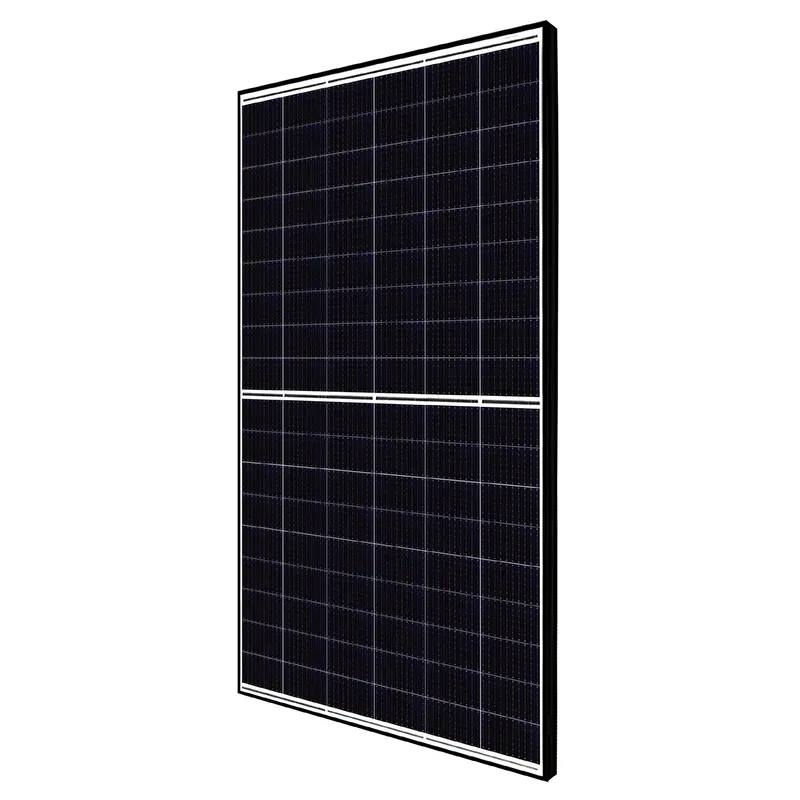solar panel productivity
Understanding Solar Panel Productivity
As the global shift towards renewable energy accelerates, solar panels have emerged as one of the most popular and effective sources of sustainable electricity. However, the productivity of solar panels is a crucial aspect that determines their efficiency and overall performance in harnessing solar energy. This article delves into the factors influencing solar panel productivity, its metrics, and the technology driving advancements in this critical sector.
What is Solar Panel Productivity?
Solar panel productivity refers to the output efficiency of solar panels in converting sunlight into electricity. It is generally measured in terms of efficiency percentage, which indicates how much of the solar energy that hits the panel is converted into usable electrical energy. A higher efficiency rating signifies a more productive panel, which can generate more electricity from the same amount of sunlight compared to a lower-efficiency panel.
One of the standard metrics used to evaluate solar panel productivity is the power output expressed in watts (W). The amount of electricity produced can vary significantly throughout the day due to fluctuations in sunlight intensity, angle, and other environmental conditions. Therefore, it's essential to consider these variables when assessing the efficiency of solar panels.
Factors Influencing Solar Panel Productivity
Several factors can affect the productivity of solar panels
1. Type of Solar Cell Technology Different types of solar cells, such as monocrystalline, polycrystalline, and thin-film, exhibit varying levels of efficiency. Monocrystalline panels are known for their high efficiency and space-saving design, making them a popular choice for residential and commercial applications. In contrast, polycrystalline panels are typically less efficient but may be more cost-effective. Thin-film panels offer flexibility and lightweight options but generally have lower efficiency levels.
solar panel productivity

2. Orientation and Angle The position of solar panels plays a crucial role in their productivity. Panels should be installed at an optimal angle to capture the maximum amount of sunlight throughout the day. In many regions, a tilt of 30 to 45 degrees is ideal, but this can vary based on geographical location and season.
3. Temperature While solar panels require sunlight for functionality, excessive heat can adversely impact their efficiency. High temperatures can reduce the voltage output, thus diminishing the overall power generation. It is crucial for solar panel installations to consider temperature effects and equip panels with adequate cooling measures.
4. Shading Any obstruction that blocks sunlight from reaching solar panels will reduce their productivity. Whether it’s a tree, building, or even dirt and debris, shading can significantly impact the performance of solar energy systems. It is advisable to conduct a shade analysis before installation to ensure optimal panel placement.
5. Quality of Installation The way solar panels are installed significantly affects their performance. Poor installation practices can lead to issues with wiring, grounding, and panel alignment, all of which can decrease productivity.
Technological Advancements
Ongoing innovations in solar technology are continuously enhancing the productivity of solar panels. For instance, bifacial solar panels, which capture sunlight from both sides, offer increased energy generation capabilities. Additionally, advances in solar tracking systems allow panels to follow the sun’s path, maintaining optimal angles throughout the day and significantly boosting productivity.
Conclusion
Solar panel productivity is a vital consideration for anyone looking to invest in solar energy systems. Understanding the factors that influence efficiency—from the type of solar cell technology to environmental conditions—can help users make informed decisions that maximize their energy output. As technology continues to evolve, the future of solar panel productivity looks promising, paving the way for a cleaner and more sustainable energy landscape. Investing in solar energy not only contributes to reducing carbon emissions but also enhances energy independence, making it a sound choice for the environment and the economy alike.
-
String Solar Inverter: The High-Efficiency Solution for Smart Solar EnergyNewsJul.14,2025
-
Revolutionizing Rooftop Energy with the Power of the Micro Solar InverterNewsJul.14,2025
-
Power Independence with Smart Off Grid Solar Inverter SolutionsNewsJul.14,2025
-
On Grid Solar Inverter: Powering the Future with Smart Grid IntegrationNewsJul.14,2025
-
Monocrystalline Solar Panels: High-Efficiency Power for the Future of Clean EnergyNewsJul.14,2025
-
Bifacial Solar Panel: A Smarter Investment for Next-Generation Energy SystemsNewsJul.14,2025







